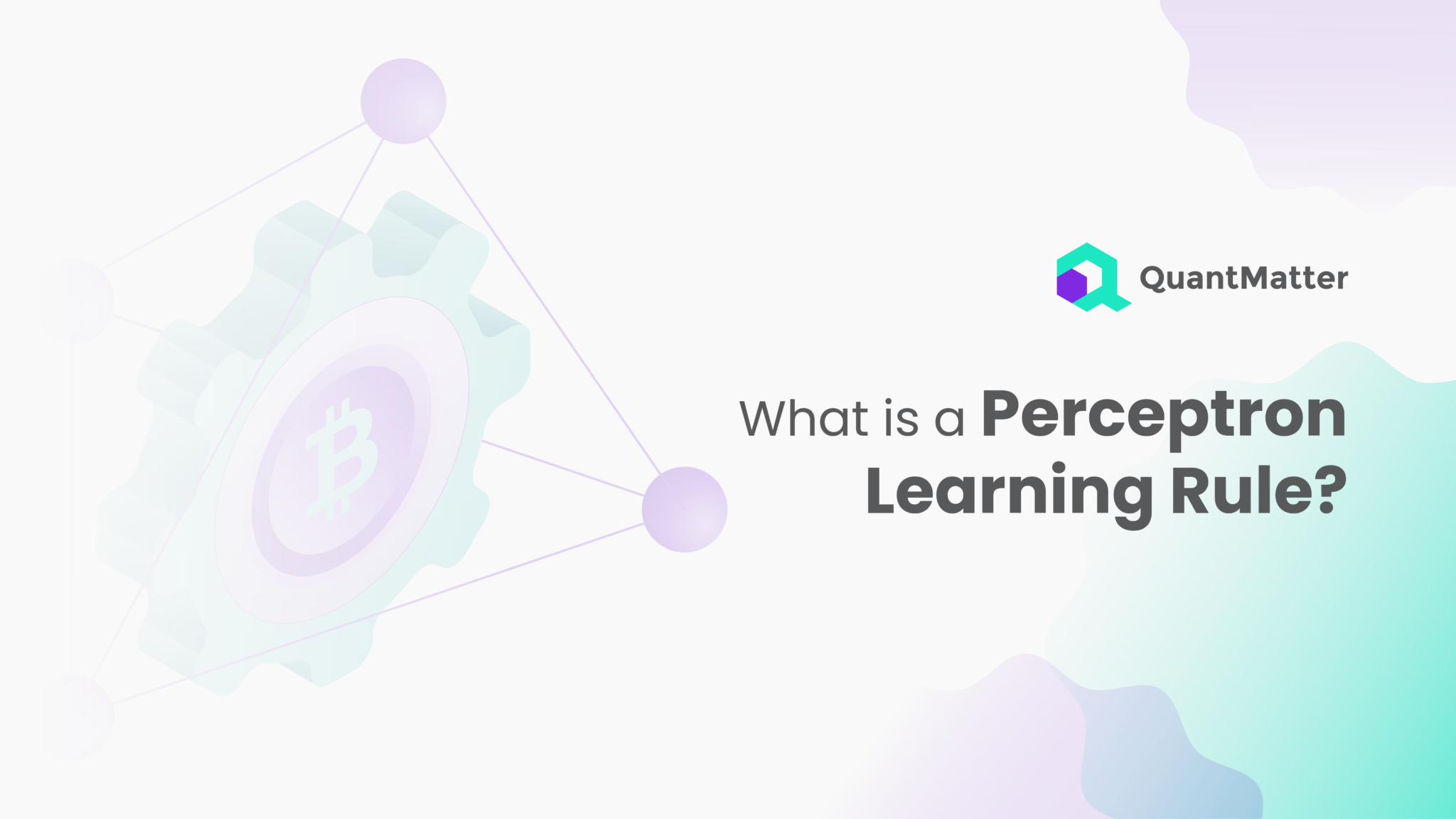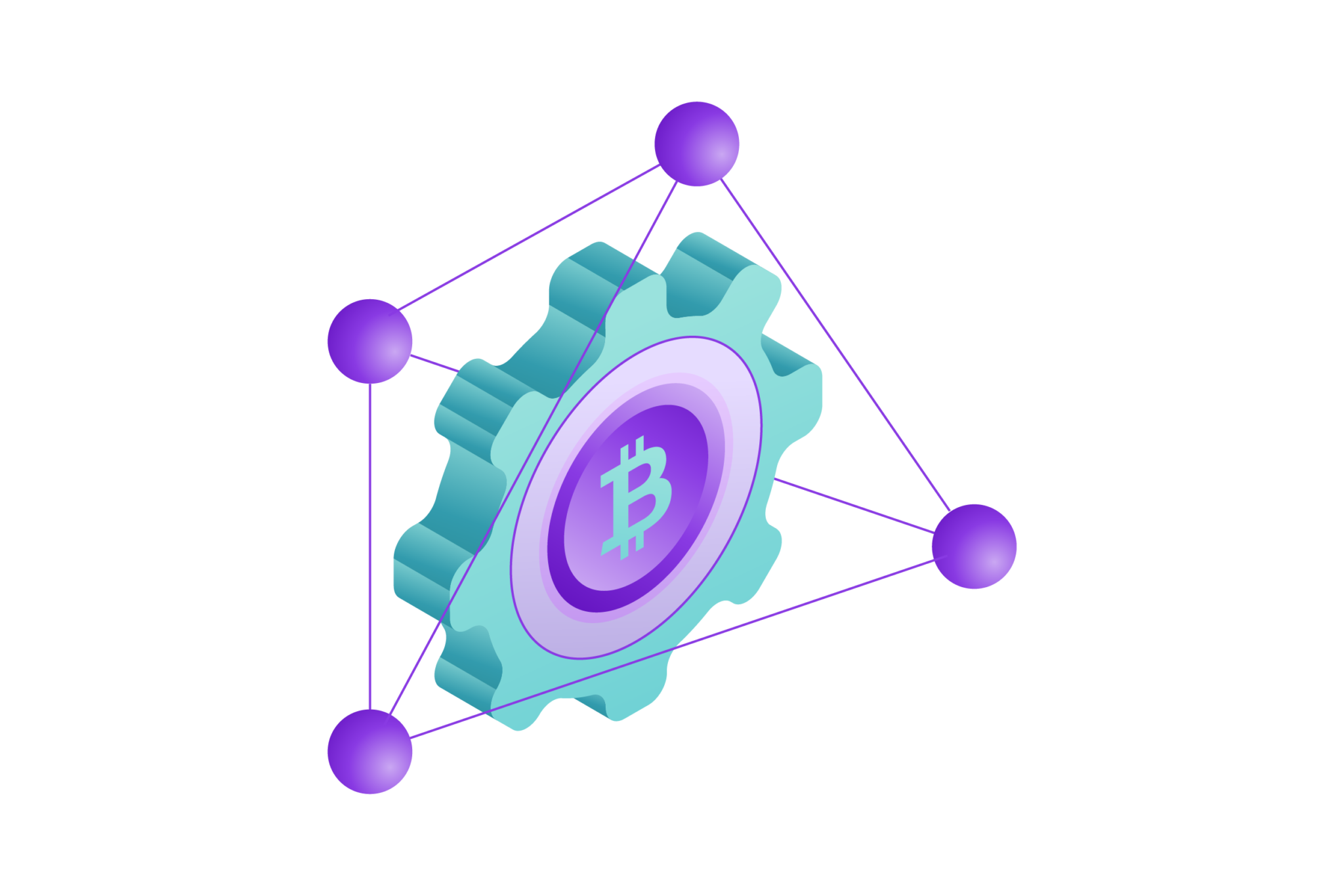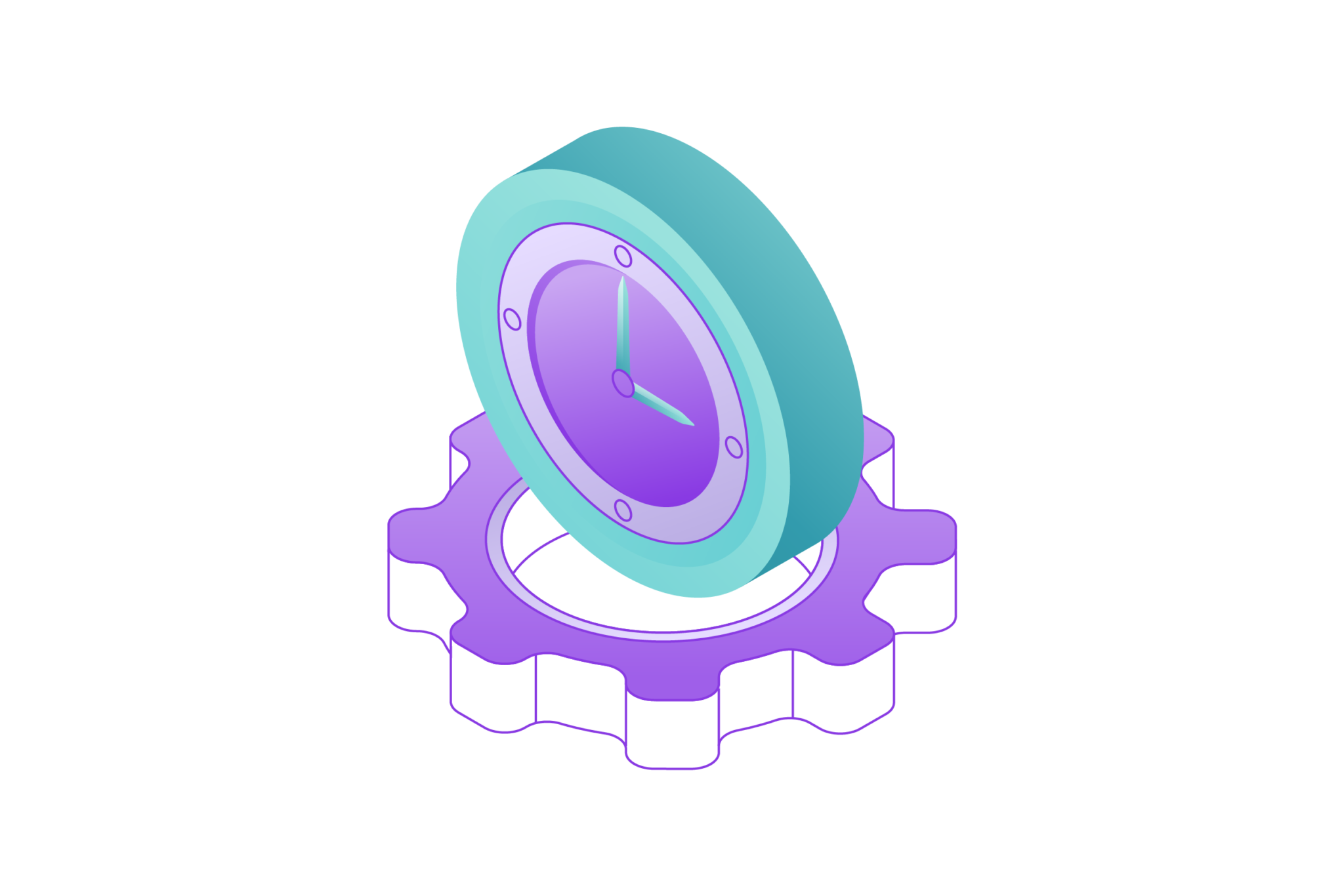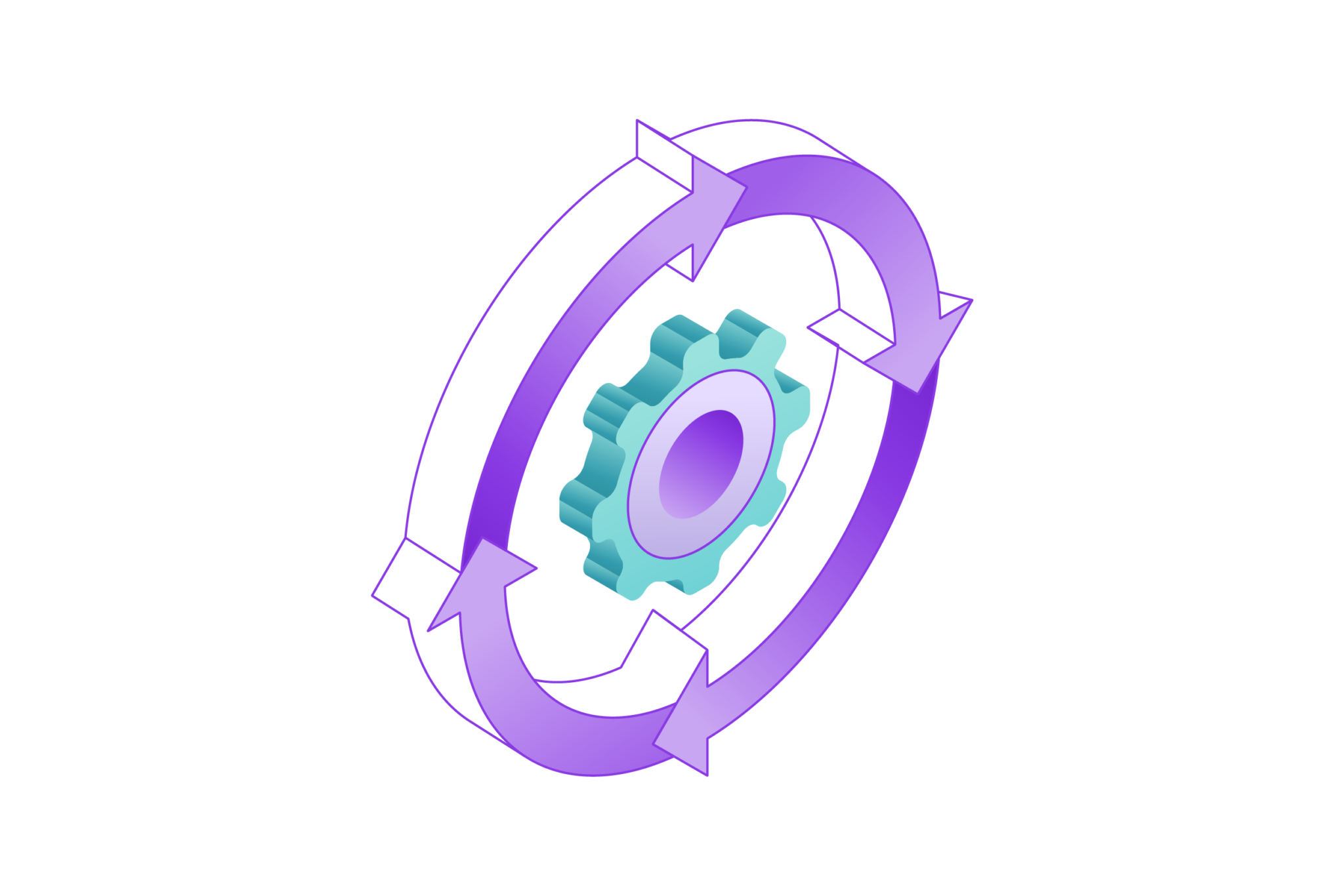
The perceptron learning rule is a fundamental concept in the field of machine learning and neural networks. It serves as the foundation for understanding more complex algorithms and models used in artificial intelligence today. Originally developed in the mid-20th century, the perceptron has played a significant role in advancing the capabilities of machines to learn from data.
This guide aims to provide a comprehensive understanding of the perceptron learning rule. By exploring its historical context, working mechanism, and practical applications, readers will gain a solid grasp of how this simple yet powerful algorithm has shaped modern machine learning. Whether you are a student, a professional in the field, or simply someone with an interest in AI, this guide will offer valuable insights into the perceptron learning rule.
As we delve into the details, we will also discuss the advantages and limitations of the perceptron. Understanding these aspects will help you appreciate the nuances of this learning rule and its impact on the development of more sophisticated machine learning models. Let’s begin our journey by defining what the perceptron learning rule is and exploring its origins.
What is the Perceptron Learning Rule?

The perceptron learning rule is a type of supervised learning algorithm used for binary classifiers. In simple terms, it helps a machine to classify input data into one of two categories. The perceptron itself is a type of artificial neuron, which mimics the behavior of biological neurons in the human brain.
The perceptron algorithm works by taking a set of input values, applying a set of weights to these inputs, summing them up, and passing the result through an activation function to produce an output. If the output matches the desired result, the weights remain unchanged. If the output does not match, the weights are adjusted based on the error. This process is repeated with multiple iterations over the training data until the algorithm learns to classify the inputs correctly.
The learning rule for the perceptron is relatively simple. It updates the weights based on the difference between the predicted output and the actual output. This difference, known as the error, is used to adjust the weights in a way that reduces the error in future predictions. The learning process continues until the perceptron can accurately classify all the training examples or until a specified number of iterations is reached.
Also Read: What Is Hedge Fund Capital Raising? A Comprehensive Guide
The perceptron learning rule is the foundation of more complex neural network algorithms. It introduced the concept of learning through iterative adjustments, which is a key principle in many machine learning techniques used today. Now, let’s take a look at the historical context and development of the perceptron.
Historical Context and Development

The perceptron learning rule was first introduced by Frank Rosenblatt in 1957. Rosenblatt, a psychologist, and computer scientist, aimed to create a machine that could mimic the human brain’s ability to recognize patterns and learn from experiences. His work was heavily influenced by earlier research in the field of neural networks, particularly the work of Warren McCulloch and Walter Pitts, who developed the first mathematical model of a neuron.
Rosenblatt’s perceptron was initially presented as a hardware implementation called the Mark I Perceptron. This machine was capable of learning to classify visual inputs, such as letters and shapes, through a simple learning algorithm. The perceptron gained significant attention in the scientific community and was hailed as a major breakthrough in artificial intelligence.
However, the excitement was short-lived. In 1969, Marvin Minsky and Seymour Papert published a book titled “Perceptrons,” which highlighted the limitations of the perceptron, particularly its inability to solve non-linearly separable problems, such as the XOR problem. This critique led to a decline in research interest and funding for neural networks, a period often referred to as the “AI winter.”
Despite the initial setbacks, the perceptron laid the groundwork for future advancements in neural networks. The limitations identified by Minsky and Papert prompted researchers to develop more sophisticated models, such as multilayer perceptrons and backpropagation algorithms, which could overcome these challenges. Today, the perceptron is recognized as a pivotal step in the evolution of machine learning and artificial intelligence.
How the Perceptron Learning Rule Works

The perceptron learning rule is based on a straightforward and iterative approach to adjusting weights in a neural network. Here, we will break down the process into simple steps to understand how it functions.
- Initialization: The process begins by initializing the weights and bias to small random values. The perceptron will use these weights to make initial predictions, which will be refined through the learning process.
- Input and Output: For each input in the training dataset, the perceptron calculates the weighted sum of the inputs. This sum is then passed through an activation function, typically a step function, to produce an output. If the sum is greater than a threshold (usually zero), the output is 1; otherwise, it is -1.
- Error Calculation: The perceptron compares the predicted output with the actual target value. The difference between these values is the error, which indicates how far off the perceptron is from the correct classification.
- Weight Adjustment: The weights are adjusted based on the error. The adjustment rule is simple: for each weight, add the product of the learning rate, the input value, and the error.
- Iteration: Steps 2-4 are repeated for each input in the training set. This iterative process continues until the perceptron correctly classifies all training examples or a predefined number of iterations is reached.
The simplicity of the perceptron learning rule makes it an excellent introductory algorithm for understanding the basics of machine learning. Despite its limitations, it provides foundational insights into how machines can learn from data by adjusting parameters based on feedback.
The perceptron learning rule also highlights the importance of iterative refinement in machine learning. By continuously updating the weights based on the error, the perceptron gradually improves its performance, illustrating a core principle of many learning algorithms.
Applications of the Perceptron Learning Rule
The perceptron learning rule, despite its simplicity, has been applied in various fields and has influenced the development of more advanced algorithms. Here are some key applications:
Pattern Recognition
One of the earliest and most common applications of the perceptron is in pattern recognition. This includes tasks such as handwriting recognition, where the perceptron can be trained to identify and classify different handwritten characters or digits. For instance, the MNIST dataset, which consists of handwritten digits, is a classic example used to demonstrate the effectiveness of the perceptron in recognizing patterns.
By adjusting the weights based on the training data, the perceptron can learn to distinguish between different shapes and strokes, enabling it to correctly classify the input digits. This capability has paved the way for more sophisticated recognition systems used in optical character recognition (OCR) and other image processing tasks.
Binary Classification
The perceptron is well-suited for binary classification problems where the goal is to classify data into one of two categories. Examples include spam email detection, where emails are classified as either spam or not spam, and medical diagnoses, where test results are classified as positive or negative for a particular condition.
In the case of spam detection, the perceptron can be trained on a dataset of emails labeled as spam or not spam. By learning the distinguishing features of each category, such as the presence of certain keywords or the frequency of certain terms, the perceptron can effectively classify new emails. Similarly, in medical diagnosis, the perceptron can assist in identifying whether a patient has a specific condition based on their test results, providing a quick and automated decision-making tool.
Image Processing
In image processing, the perceptron can be used for basic tasks such as edge detection and image binarization. While modern image processing techniques have evolved significantly, the perceptron laid the groundwork for understanding how machines can process visual information. For example, edge detection involves identifying the boundaries within an image, which is crucial for object recognition and image segmentation.
The perceptron can be trained to detect changes in pixel intensity that indicate edges. Image binarization, on the other hand, involves converting grayscale images into binary images, where each pixel is either black or white. This process is useful for reducing the complexity of image analysis tasks and is often a preprocessing step in more advanced image processing algorithms.
Neuroscience Research
The perceptron has been used as a model in neuroscience to study how biological neurons might learn and process information. Its simplicity makes it a useful tool for exploring the fundamental principles of neural learning and adaptation. Neuroscientists have used the perceptron to simulate the behavior of neurons and to understand how neural networks in the brain might learn from sensory inputs.
By adjusting the weights based on the error between the predicted and actual outputs, the perceptron mimics the way synaptic strengths in the brain might change in response to learning. This research has provided insights into the mechanisms of learning and memory in biological systems, contributing to the field of computational neuroscience.
Signal Processing
In signal processing, the perceptron can be employed to filter and classify signals. For instance, it can be used to detect patterns in audio signals, such as distinguishing between different types of sound waves. In audio signal processing, the perceptron can be trained to recognize specific patterns in the waveform, such as the characteristics of different musical notes or the presence of specific sounds in an audio recording. This capability is useful in applications such as speech recognition, where the perceptron can help identify spoken words by analyzing the audio signal. Additionally, the perceptron can be used in filtering applications, where it can help remove noise from signals and improve the clarity of the desired information.
Financial Modeling
The perceptron learning rule has applications in financial modeling, where it can be used to predict stock market trends or classify financial data into different risk categories. By learning from historical data, the perceptron can provide insights into future market movements. In stock market prediction, the perceptron can be trained on historical stock prices and other financial indicators to identify patterns that precede significant price changes.
This information can then be used to make predictions about future stock prices, helping investors make informed decisions. Similarly, in risk classification, the perceptron can analyze financial data to determine the risk level of different investments or loan applicants, aiding in the assessment of creditworthiness and investment potential.
Natural Language Processing (NLP)
In NLP, the perceptron can be used for tasks such as sentiment analysis and text classification. Although more advanced models are typically used today, the perceptron provides a foundational understanding of how machines can process and classify textual information. For example, in sentiment analysis, the perceptron can be trained on a dataset of text samples labeled with positive or negative sentiment.
By learning the features associated with each sentiment, such as specific words or phrases, the perceptron can classify new text samples based on their sentiment. In text classification, the perceptron can be used to categorize documents into predefined categories, such as news articles being classified into topics like sports, politics, or entertainment.
While the perceptron learning rule has limitations, particularly in handling non-linearly separable data, its applications demonstrate its versatility and influence in various fields. The simplicity of the perceptron makes it a valuable educational tool, helping beginners grasp the basic concepts of machine learning.
Advantages and Limitations
The perceptron learning rule, while foundational and influential, comes with its own set of advantages and limitations. Understanding these can help appreciate its historical importance and its role in the evolution of more complex machine learning algorithms.
Advantages :
- Simplicity and Ease of Understanding: The perceptron learning rule is one of the simplest forms of a neural network algorithm. Its straightforward nature makes it an excellent starting point for those new to machine learning. The basic principle of adjusting weights based on the error between the predicted and actual outputs is easy to grasp, making it an ideal educational tool.
- Efficient Training for Linearly Separable Data: For problems where the data is linearly separable, the perceptron can efficiently find a solution. It adjusts the weights iteratively to minimize the classification error, and given enough iterations, it will find the optimal hyperplane that separates the two classes. This efficiency makes it useful for specific applications where the linear separation assumption holds true.
- Foundational Basis for Advanced Algorithms: The perceptron introduced the concept of learning through iterative adjustments, which is a cornerstone of many machine learning algorithms. It paved the way for more advanced models like multilayer perceptrons, which use multiple layers of neurons to solve more complex, non-linear problems. The perceptron’s learning rule is a fundamental building block for understanding these more sophisticated techniques.
- Low Computational Cost: The perceptron learning rule has a low computational cost due to its simplicity. The algorithm involves basic arithmetic operations for updating weights and biases, making it computationally efficient and suitable for applications where resources are limited or rapid processing is required.
Limitations :
- Inability to Solve Non-linearly Separable Problems: One of the most significant limitations of the perceptron is its inability to solve problems where the data is not linearly separable. The classic example of this limitation is the XOR problem, where no linear boundary can separate the two classes. This shortcoming was a major factor in the initial decline of interest in neural networks during the late 1960s.
Also Read: 10 Best Blockchain Consulting to Consider in 2024
- Convergence Issues: The perceptron learning rule guarantees convergence only if the data is linearly separable. If the data is not linearly separable, the algorithm may never converge, leading to infinite loops or cycles of weight adjustments without finding a satisfactory solution. This limitation restricts the perceptron’s applicability to a subset of classification problems.
- Limited Expressiveness: As a single-layer neural network, the perceptron has limited expressiveness compared to multilayer networks. It can only learn linear decision boundaries, which significantly restricts its ability to model complex relationships in data. This limitation necessitated the development of more complex architectures, such as deep neural networks, which can capture non-linear patterns.
- Sensitivity to Input Scaling: The performance of the perceptron can be highly sensitive to the scale of the input data. Inputs with large numerical ranges can dominate the learning process, leading to suboptimal weight updates and poor classification performance. Normalizing or standardizing input data is often required to ensure the perceptron performs effectively.
Despite these limitations, the perceptron learning rule remains a crucial historical milestone in the development of machine learning and neural networks. Its simplicity and foundational concepts continue to influence modern machine learning algorithms, highlighting its enduring impact on the field.
Conclusion
The perceptron learning rule, despite its simplicity, has had a profound impact on the field of machine learning and neural networks. By introducing the basic concept of adjusting weights based on classification errors, the perceptron paved the way for more advanced learning algorithms and models. Its development marked a significant milestone in the history of artificial intelligence, highlighting the potential of machines to learn from data.
While the perceptron has limitations, particularly in handling non-linearly separable data, it remains a valuable educational tool. Its straightforward approach provides a clear introduction to the principles of supervised learning and neural network training. The perceptron’s influence can be seen in the development of more sophisticated models, such as multilayer perceptrons and deep learning networks, which have overcome many of the challenges faced by the original perceptron.
In various applications, from pattern recognition and image processing to financial modeling and natural language processing, the perceptron has demonstrated its versatility. These applications underscore its relevance and utility, even as more complex algorithms have emerged. The perceptron’s ability to perform basic tasks efficiently has made it a foundational element in the study of machine learning. As we continue to explore the frontiers of artificial intelligence, the perceptron learning rule serves as a reminder of the importance of foundational concepts and inspires further advancements in the field.
Disclaimer: The information provided by Quant Matter in this article is intended for general informational purposes and does not reflect the company’s opinion. It is not intended as investment advice or a recommendation. Readers are strongly advised to conduct their own thorough research and consult with a qualified financial advisor before making any financial decisions.

Joshua Soriano
As an author, I bring clarity to the complex intersections of technology and finance. My focus is on unraveling the complexities of using data science and machine learning in the cryptocurrency market, aiming to make the principles of quantitative trading understandable for everyone. Through my writing, I invite readers to explore how cutting-edge technology can be applied to make informed decisions in the fast-paced world of crypto trading, simplifying advanced concepts into engaging and accessible narratives.
- Joshua Soriano#molongui-disabled-link
- Joshua Soriano#molongui-disabled-link
- Joshua Soriano#molongui-disabled-link
- Joshua Soriano#molongui-disabled-link
